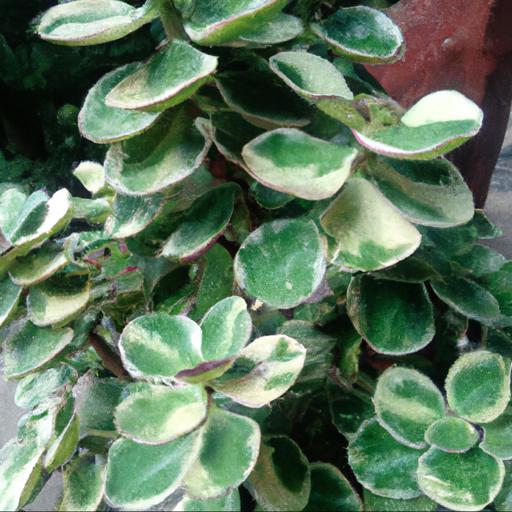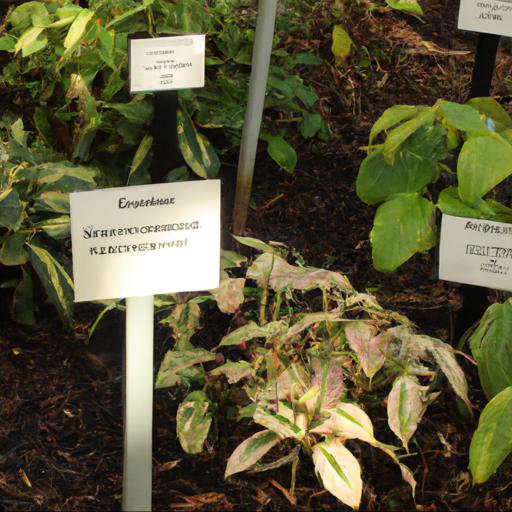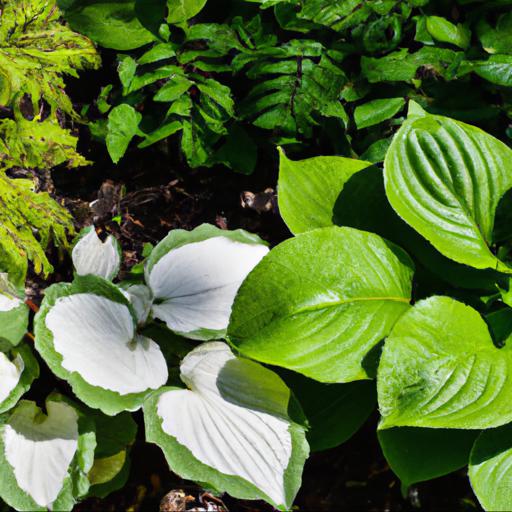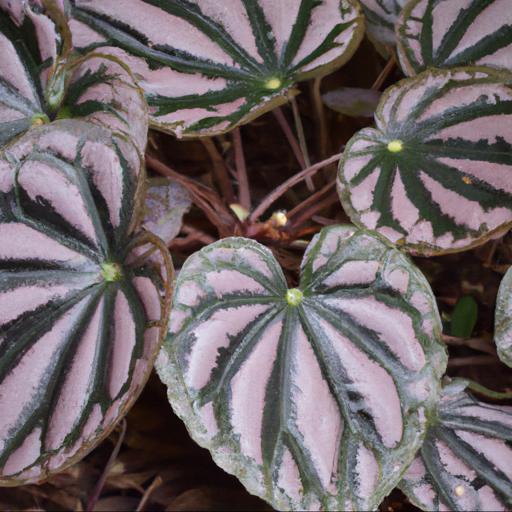If you’re looking for plants that can thrive in shady areas of your garden, then you’re in luck! There are a variety of shade-loving plants that can bring life and color to any shady spot.
From ferns and hostas to begonias and impatiens, the best shade-loving plants can add beauty and texture to any garden. In this blog post, we’ll explore the many varieties of plants that thrive in low-light conditions, as well as their unique characteristics, care requirements, and more. So, if you’re looking to spruce up your shady spots, read on to learn more about the best shade-loving plants!
Benefits of shade-loving plants

Having plants in your garden can be a great asset, especially if you want to create a beautiful, inviting environment for you and your family to enjoy. But sometimes it can be difficult to find the right plants for a shady spot in your garden.
When most people think of plants, they automatically think of sun-loving plants, but there are actually some great shade-loving plants that can bring beauty and color to darker places. Here I will discuss some of the best shade-loving plants for your garden and the benefits they provide. One of the best shade-loving plants for your garden is hostas.
These perennial plants are known for their attractive foliage, which comes in various shapes, sizes and colors. Hostas can thrive in various light conditions, even in deep shade, and they only require minimal care throughout the season. The long, strappy leaves and mounding growth habit of hostas make them an ideal addition to any shade garden.
They provide an attractive backdrop to other plants such as ferns and coral bells while also helping to create a lush, luxurious atmosphere. Another great shade-loving plant is coral bells, also known as Heuchera or Alumroot.
These perennials are similar to hostas in their colorful foliage and the fact that they thrive in shaded areas. With their evergreen foliage, coral bells can bring a touch of color and texture to any garden even in the darkest corners. Their bell-shaped flowers also attract birds and butterflies, making them a great addition to any wildlife-friendly garden.
Finally, one of the best shade-loving plants for a garden is Japanese primrose. This low-growing perennial is perfect for those areas of the garden that get hardly any sunlight.
The long-lasting blooms come in a variety of colors, depending on the variety. Japanese primrose is an easy to grow and low-maintenance plant that provides stunning beauty and a unique texture to any shady area of your garden. In conclusion, there are many great shade-loving plants that can bring beauty and color to your garden and help to create a lush, inviting atmosphere for your family to enjoy. Hostas, coral bells and Japanese primrose are all excellent options for those of us trying to garden in those tricky shaded spots where other plants struggle to do well. With the right selection of plants, even the darkest corners of your garden can be transformed into an inspiring and blooming environment, so why not give them a try?
Types of shade-loving plants

Are you looking for the perfect plants to create a beautiful shade garden? There is a wide variety of shade-loving plants that will liven up your garden as well as provide lush foliage and vibrant colors. Whether you’re looking for flowering plants to provide bright spots of color or foliage plants to provide lush greenery, there are plenty of options for shade-loving plants for your garden.
One type of shade-loving plant is Hostas. These easy to care for plants come in various sizes, offering either small or large foliage.
They come in many colors and are able to provide foliage in various shades of green and even colors of yellow and blue. Some varieties of Hostas also produce beautiful flowers in shades of purple and white.
Hostas also attract butterflies, providing your garden with another vibrant showcase of colors. Ferns are another type of shade-loving plants, which come in a variety of shapes and sizes. From tiny Lacy Fern to huge Royal Fern, they range from small enough to put on the edge of a container to large enough to create a huge center piece in your garden.
Ferns create a cool and damp appearance that provides a great contrast to bright shades of flowers. Shrubs are yet another great addition to a shade garden.
They provide a variety of colors and textures, making them an ideal backdrop in any garden. Rhododendrons are a popular type of shade-loving shrub, which come in many different colors, including white and pale yellows to deep pinks and purples. While they can handle some direct sunlight, they thrive in indirect or filtered light.
These are just a few of the many options that a shade-loving garden provides. With the right mix of colorful plants and foliage plants, you can create a garden that will keep your visitors entertained for hours. So if you’re looking for a way to spruce up your garden and provide a bit of color and contrast in a shady spot, there are plenty of shade-loving plants to pick from. Whether you’re looking for colorful flowers, lush foliage plants, or evergreen shrubs – you can easily create a beautiful shade garden of your own.
Tips for planting shade-loving plants

As a UK Garden Expert, we would like to inform you about The Best Shade-Loving Plants. Shade doesn’t have to be a problem when it comes to gardening, as there are some lush and colorful plants that can survive and thrive in shaded areas of your garden. To help you out, we’ve compiled a few helpful tips on how to choose and plant shade-loving plants.
First, consider how much sunlight your garden gets each day, since most shade-loving plants need at least three hours of indirect sunlight a day. This will help you avoid overwatering your plants, as well as other issues that can come with too little or too much sunlight.
To determine how much sunlight you actually get, spend a few days tracking the amount of direct, indirect, and total hours of sunlight in your backyard. Next, consider the type of soil in your garden, as different kinds of shade-loving plants may prefer different types of soil.
Clay soil retains moisture, making it a great choice for most shade-loving plants. If you have sandy soil, you’ll want to add more organic matter and mulch to help retain moisture. Finally, make sure to choose plants that are suited to your area’s climate.
When you’ve selected what shade-loving plants you’d like to plant, be sure to give them plenty of room to grow and spread out. Overcrowding shade-loving plants can lead to competition for resources, as well as disease and pest attacks. Take note of the size of each plant and make sure to space them accordingly and to give them enough room to spread out.
Lastly, be careful with watering. While shade-loving plants need plenty of water and may be more susceptible to drought or over-watering, you want to make sure you’re not overwatering, as this can rapidly rot the plants’ roots.
Overall, if you follow these tips for how to choose and plant shade-loving plants, you’ll be prepared for a lush and thriving garden. Whether you have a small corner or a larger portion of shaded area in your garden, you can enjoy adding pops of color and texture with unique shade-loving plants.
Our video recommendation
Final Touch
This article provides an overview of the best shade-loving plants. It discusses the characteristics of shade-loving plants, such as their need for indirect light and the types of soil they thrive in.
It also provides a list of the top shade-loving plants, including ferns, impatiens, hostas, caladiums, and begonias. With the right care, these plants can add beauty and life to any shady spot in the garden.
FAQ
What are the best plants for shady areas?
Some of the best plants for shady areas include hostas, ferns, astilbes, impatiens, and begonias.
What are the benefits of planting shade-loving plants?
The benefits of planting shade-loving plants include reduced water usage, protection from the sun’s heat, and improved air quality. Shade-loving plants can also provide a habitat for wildlife, reduce soil erosion, and add beauty to a landscape.
What are some common shade-loving plants?
Some common shade-loving plants include hostas, ferns, impatiens, begonias, and English ivy.
How much shade do shade-loving plants need?
Shade-loving plants typically need at least four hours of indirect sunlight per day.
What are the best soil conditions for shade-loving plants?
The best soil conditions for shade-loving plants are moist, well-drained soil that is rich in organic matter.
Are there any shade-loving plants that are also drought-tolerant?
Yes, there are several shade-loving plants that are also drought-tolerant. Examples include hostas, ferns, impatiens, and begonias.

